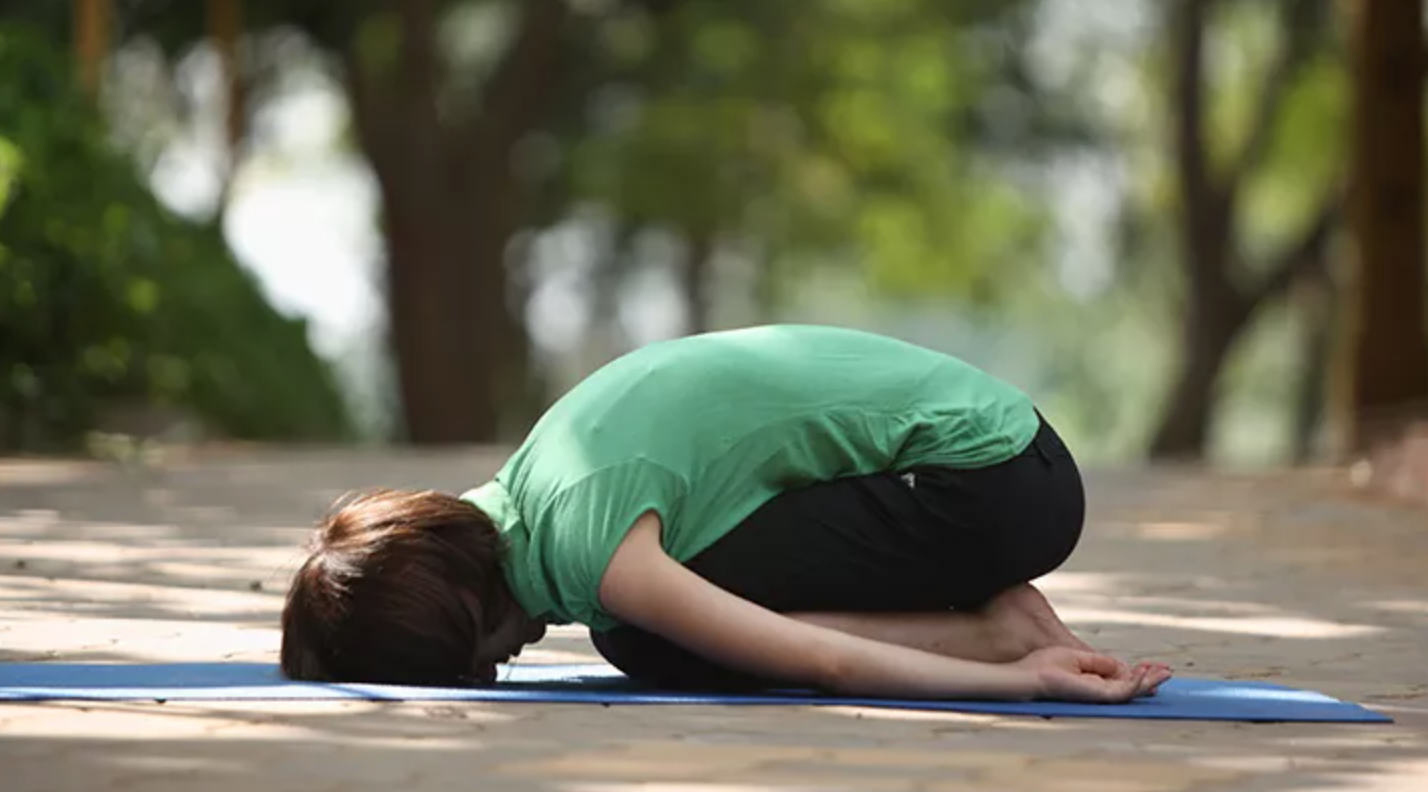Yoga is an excellent practice to enhance flexibility, balance, and overall mental wellness. For those new to yoga, it’s crucial to start with poses that are safe and accessible. This guide will introduce the top 10 yoga poses for beginners, helping you establish a strong foundation and improve your practice over time.
Understanding the Basics of Yoga
Before diving into specific poses, it’s important to understand what yoga entails. Yoga is more than just contorting your body into various shapes; it’s a holistic practice that combines physical postures, breathing techniques, and meditation to boost overall health. The essence of yoga is maintaining proper alignment and deep, mindful breathing, which maximizes benefits and minimizes injury risk.
Preparing for Your Yoga Practice
Creating a peaceful and comfortable environment for your yoga practice is vital. Ensure you have a good-quality yoga mat, wear loose-fitting clothes, and have props like blocks or straps nearby if needed. These tools can assist beginners in achieving the correct form without strain.
Top 10 Yoga Poses for Beginners
Here are the top 10 yoga poses every beginner should become familiar with:
- Mountain Pose (Tadasana)
- Description: The foundation of all standing poses, teaching stability and alignment.
- How to Do It: Stand with your feet together, distributing your weight evenly. Lift your chest, roll your shoulders back, and let your arms hang naturally. Engage your thighs and lift your kneecaps.
- Benefits: Improves posture, strengthens thighs, and eases sciatica.
- Common Mistakes: Avoid locking your knees; keep weight balanced.
- Downward-Facing Dog (Adho Mukha Svanasana)
- Description: A widely recognized pose that stretches the entire body.
- How to Do It: Start on your hands and knees, lift your hips to form an inverted “V” shape, with hands shoulder-width apart and feet hip-width apart.
- Benefits: Strengthens arms, legs, and core, and stretches hamstrings and calves.
- Common Mistakes: Keep shoulders away from ears; avoid collapsing them.
- Child’s Pose (Balasana)
- Description: A restful pose that stretches the back and shoulders; great for breaks.
- How to Do It: Kneel on the mat, sit back on your heels, extend arms forward, and lower your torso between your thighs.
- Benefits: Gently stretches hips, thighs, and ankles.
- Common Mistakes: Avoid putting too much weight on the neck; rest the forehead softly on the mat.
- Cat-Cow Pose (Marjaryasana-Bitilasana)
- Description: A gentle flow between two poses that warms up the spine.
- How to Do It: Begin on hands and knees, alternating between arching (Cow Pose) and rounding (Cat Pose) your back.
- Benefits: Enhances spine flexibility and stretches the back and neck.
- Common Mistakes: Move slowly and synchronize movements with breath.
- Warrior I (Virabhadrasana I)
- Description: A strong standing pose that builds strength and stability.
- How to Do It: Step one foot back, bend the front knee, raise arms overhead, and keep hips facing forward.
- Benefits: Strengthens legs, opens chest and shoulders.
- Common Mistakes: Keep the front knee aligned over the ankle.
- Warrior II (Virabhadrasana II)
- Description: A great pose for boosting balance and endurance.
- How to Do It: From Warrior I, open your hips and shoulders to the side, extend arms parallel to the floor.
- Benefits: Strengthens legs, opens hips, and improves concentration.
- Common Mistakes: Ensure the front knee does not cave inward.
- Tree Pose (Vrksasana)
- Description: A balancing pose that enhances focus and mental clarity.
- How to Do It: Stand on one leg, place the other foot on the inner thigh, and bring hands together at the chest or overhead.
- Benefits: Strengthens legs, opens hips, and improves balance.
- Common Mistakes: Avoid pressing the foot against the knee; place it above or below.
- Bridge Pose (Setu Bandhasana)
- Description: A gentle backbend that stretches the chest, neck, and spine.
- How to Do It: Lie on your back with bent knees, lift hips off the ground, keeping feet and shoulders grounded.
- Benefits: Strengthens the back, glutes, and hamstrings.
- Common Mistakes: Keep knees hip-width apart, don’t let them splay outward.
- Seated Forward Bend (Paschimottanasana)
- Description: A deep stretch for the back and hamstrings.
- How to Do It: Sit with legs extended, bend forward slowly, reaching for your toes.
- Benefits: Calms the mind and stretches the spine, shoulders, and hamstrings.
- Common Mistakes: Keep the spine long; avoid rounding the back.
- Corpse Pose (Savasana)
- Description: A relaxation pose that rejuvenates the body and mind.
- How to Do It: Lie flat on your back with arms and legs extended, close your eyes, and focus on your breath.
- Benefits: Relieves stress and promotes deep relaxation.
- Common Mistakes: Ensure complete relaxation; avoid tensing any part of the body.
Tips for a Successful Yoga Practice
- Listen to Your Body: Avoid overexertion; yoga is about balance, not competition.
- Progress Gradually: Start with simpler poses and gradually advance as you build strength and flexibility.
Conclusion
Beginning your yoga journey with these beginner-friendly poses can lay a strong foundation for a consistent and rewarding practice. Remember to practice regularly and listen to your body. Over time, you’ll notice not just physical improvements, but also mental and emotional growth.
FAQs
- What should I wear for yoga? Wear comfortable, breathable clothing that allows for free movement.
- How often should beginners practice yoga? Start with 2-3 sessions per week, gradually increasing as you become more comfortable.
- Can I do yoga if I’m not flexible? Yes! Yoga is for everyone, and flexibility will improve with regular practice.
- What is the best time to practice yoga? Early morning or evening is ideal, but you can practice whenever it suits you.
- How can I avoid injuries in yoga? Focus on proper alignment, listen to your body, and use props as needed to avoid strain.
By incorporating these poses and tips, you’re on the path to a fulfilling yoga practice. Enjoy your journey!
